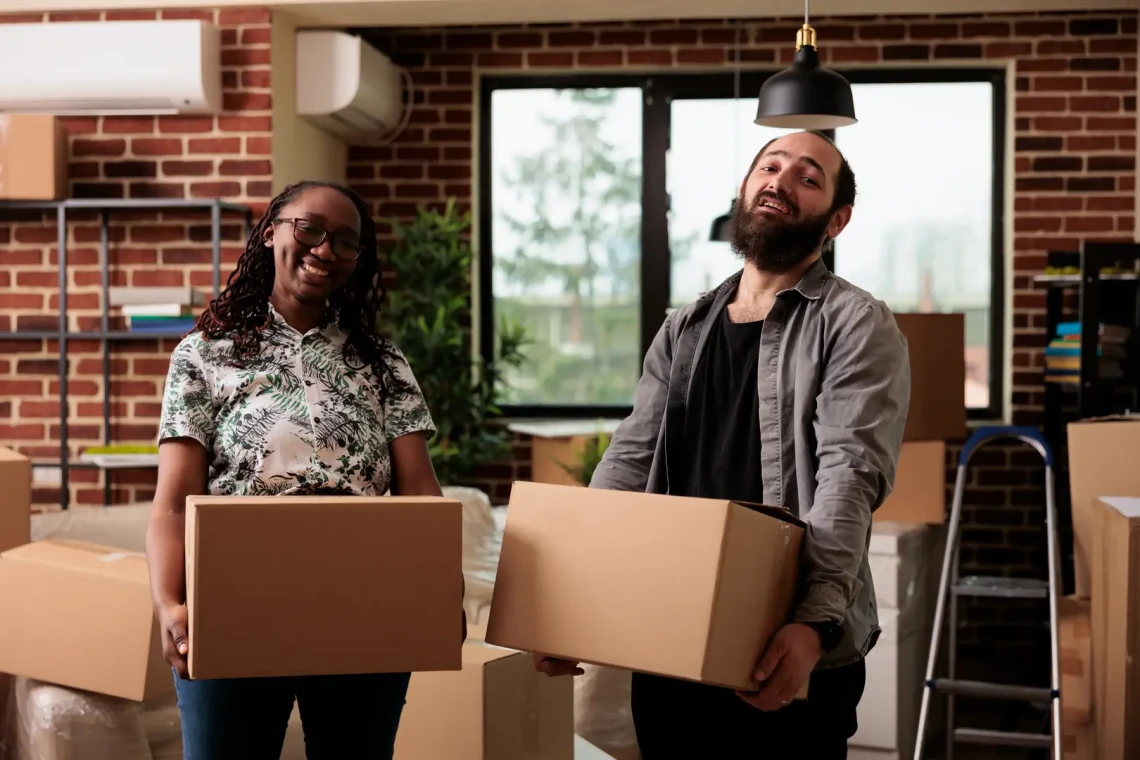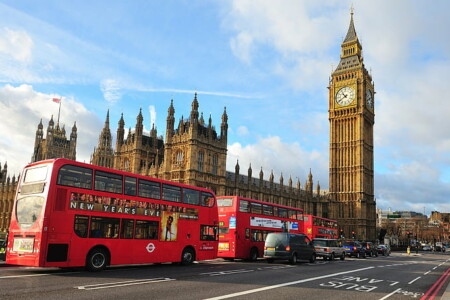Settling In Smoothly After the Move
You’ve made it — the visa is stamped, the flight is behind you, and your belongings are (hopefully) on the same continent as you. Now comes the real challenge: turning your new destination into a place that feels like home.
Settling in after relocation is often underestimated. Many relocators spend so much energy on moving that they forget about what happens after arrival. But this stage is where the foundation for your long-term success is built.
Here’s how to navigate your first few months abroad with confidence.
Step 1: Set Up Your Finances
One of the first things you’ll need is a local bank account. According to the World Bank, access to financial services is essential for integration — not only for managing bills but also for receiving payments if you’re working.
• Understand requirements. Some banks require proof of local address, employment, or a residency permit. Others offer “expat accounts” with lighter requirements.
• Bring identification. Passport, visa, and proof of address are the usual minimum.
• Explore digital banks. Platforms like Wise, Revolut, or N26 often provide international accounts you can open before arrival, bridging the gap until you get a local one.
Pro tip: Open a digital account first to handle immediate expenses, then switch to a local account once you’ve settled housing and paperwork.
Step 2: Secure Your Utilities and Services
 Imagine landing in your dream apartment — and realizing you don’t know how to connect electricity, water, or internet. Utility systems vary by country, and navigating them can be a shock.
Imagine landing in your dream apartment — and realizing you don’t know how to connect electricity, water, or internet. Utility systems vary by country, and navigating them can be a shock.
• Electricity, water, gas. In some countries, utilities are bundled and activated by the landlord. In others, you’ll need to set them up yourself with local providers.
• Internet and mobile. Don’t underestimate how crucial this is. Research the best providers in advance and schedule installation early.
• Other essentials. Garbage collection, heating, or even mandatory TV/radio licenses (yes, these exist in countries like Germany) may apply.
Pro tip: Ask your landlord, relocation consultant, or local expat forum for a checklist of services you’ll need to activate. It can save you weeks of confusion.
Step 3: Navigate Local Transportation
Getting around efficiently is key to feeling settled. Whether you’ll be commuting to work or exploring your new city, mastering local transportation gives you freedom.
• Public transport. Learn how tickets work. Some cities use cards (like London’s Oyster or Hong Kong’s Octopus), while others rely on mobile apps or paper tickets.
• Driving. Check if your license is valid. The International Driving Permit is recognized in many countries but not all. Some places require you to switch to a local license within months.
• Cycling and walking. Many European cities, for example, are bike-friendly — but require safety gear and local registration.
Pro tip: Download local transport apps (like Citymapper or Moovit) — they save time, money, and countless wrong turns.
Step 4: Build Your Support Network
 Loneliness and isolation are common challenges for relocators. Research from the Expat Insider Survey shows that social integration is a top factor in overall relocation success.
Loneliness and isolation are common challenges for relocators. Research from the Expat Insider Survey shows that social integration is a top factor in overall relocation success.
• Join expat groups. Platforms like Internations, Meetup, or even Facebook have thriving local communities.
• Connect with locals. Attend community events, join classes, or volunteer — it’s the fastest way to feel at home.
• Maintain old connections. Staying in touch with friends and family back home helps you feel grounded.
Pro tip: Don’t wait until you “feel ready.” Building relationships early prevents the relocation blues from setting in.
Step 5: Learn Everyday Systems
 Little things — grocery shopping, paying bills, or mailing a letter — often differ more than expected.
Little things — grocery shopping, paying bills, or mailing a letter — often differ more than expected.
• Supermarkets and markets. Find out where locals shop for affordable basics. Imported items can be pricier, so explore local options.
• Payments. In some countries, cash is still king; in others, everything is digital.
• Mail and deliveries. Some places require you to register with the local post office, while in others, packages are left with neighbors or pickup lockers.
Pro tip: Spend your first week observing how locals do things — it’s the quickest way to adapt.
Step 6: Take Care of Your Wellbeing
Relocation is as much emotional as it is logistical. According to the American Psychological Association, major life changes like moving abroad are among the most stressful events a person can experience.
• Create routines. They help restore stability after the upheaval of moving.
• Prioritize health. Register with a local doctor and find gyms, parks, or wellness options that suit your lifestyle.
• Be patient. Adjustment takes time — usually 3 to 6 months before you feel “normal” again.
Pro tip: Don’t ignore signs of stress or depression. If you feel overwhelmed, seek local counseling or expat support services.
Wrapping Up: Settling with Confidence
The first few months abroad will shape your entire relocation experience. By setting up finances, utilities, transportation, and a support network early, you’ll create a smoother transition and avoid the pitfalls many expats face.
Next Up in This Series…
In Part 3: Thriving Long-Term, we’ll cover building a career, investing in the local community, and creating a balanced lifestyle that turns your relocation from a short-term adjustment into a long-term success story.
👉 Your relocation journey doesn’t stop at settling — it’s about thriving.


 Imagine landing in your dream apartment — and realizing you don’t know how to connect electricity, water, or internet. Utility systems vary by country, and navigating them can be a shock.
Imagine landing in your dream apartment — and realizing you don’t know how to connect electricity, water, or internet. Utility systems vary by country, and navigating them can be a shock. Loneliness and isolation are common challenges for relocators. Research from the Expat Insider Survey shows that social integration is a top factor in overall relocation success.
Loneliness and isolation are common challenges for relocators. Research from the Expat Insider Survey shows that social integration is a top factor in overall relocation success. Little things — grocery shopping, paying bills, or mailing a letter — often differ more than expected.
Little things — grocery shopping, paying bills, or mailing a letter — often differ more than expected.








I found this post very useful and easy to follow. It’s great to find content that combines solid facts with practical advice. Keep up the great writing!
Interesting read! I liked the way you balanced detailed research with easy-to-understand language. It makes complex ideas much more approachable. Looking forward to your next article!
Proin sagittis dolor sed mi elementum pretium. Donec et justo ante. Vivamus egestas sodales est, eu rhoncus urna semper eu. Cum sociis natoque penatibus et magnis dis parturient montes, nascetur ridiculus mus.
Lorem ipsum dolor sit amet, consectetur adipiscing elit. Suspendisse vitae sapien vitae massa eleifend ullamcorper. Nam elit orci, sagittis vitae dictum sit amet, pellentesque elementum arcu. Ut eleifend sem ornare, blandit dui pretium, fringilla ex. Fusce luctus hendrerit turpis. Cras rhoncus non tellus sed sodales.
[…] […]
[…] Part 2: Settling In Smoothly […]